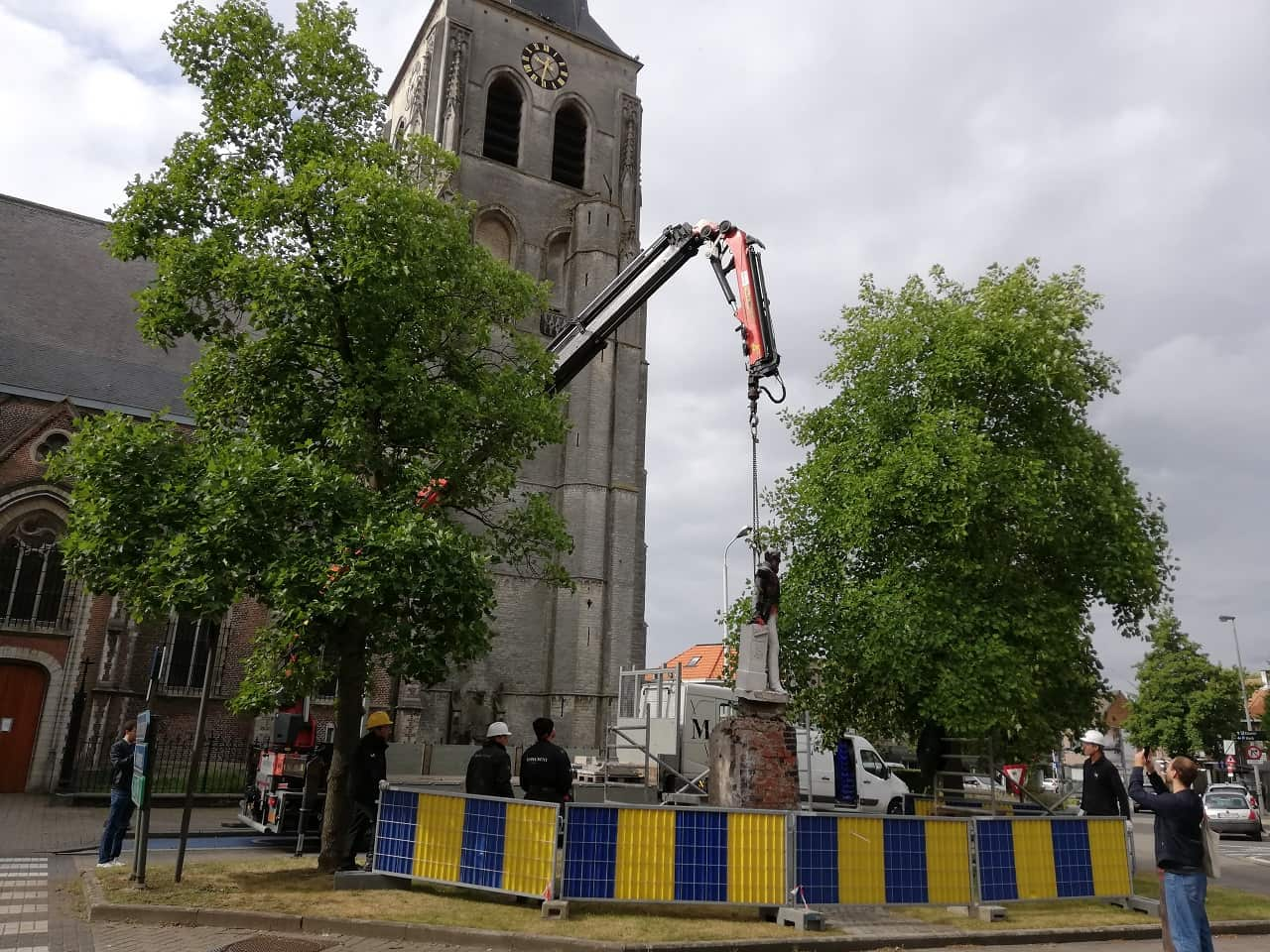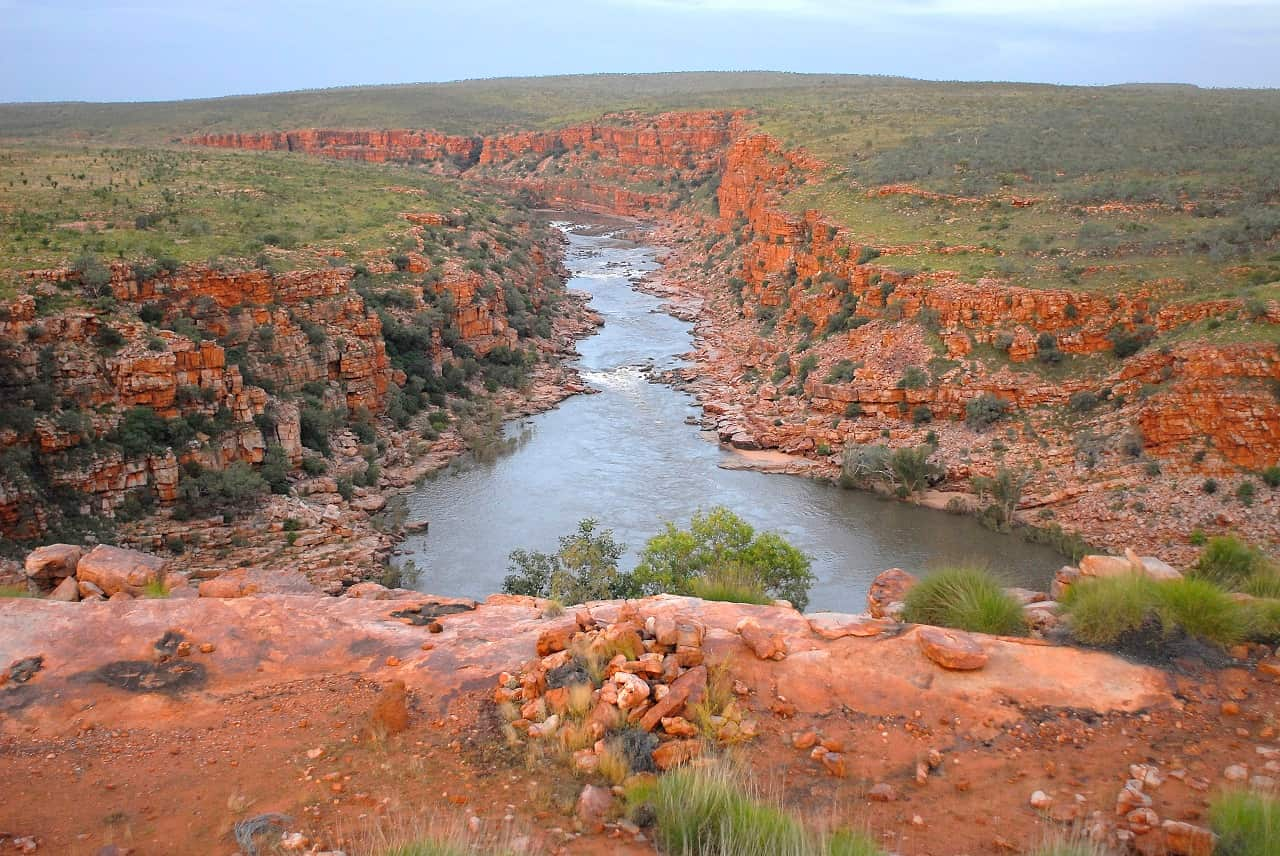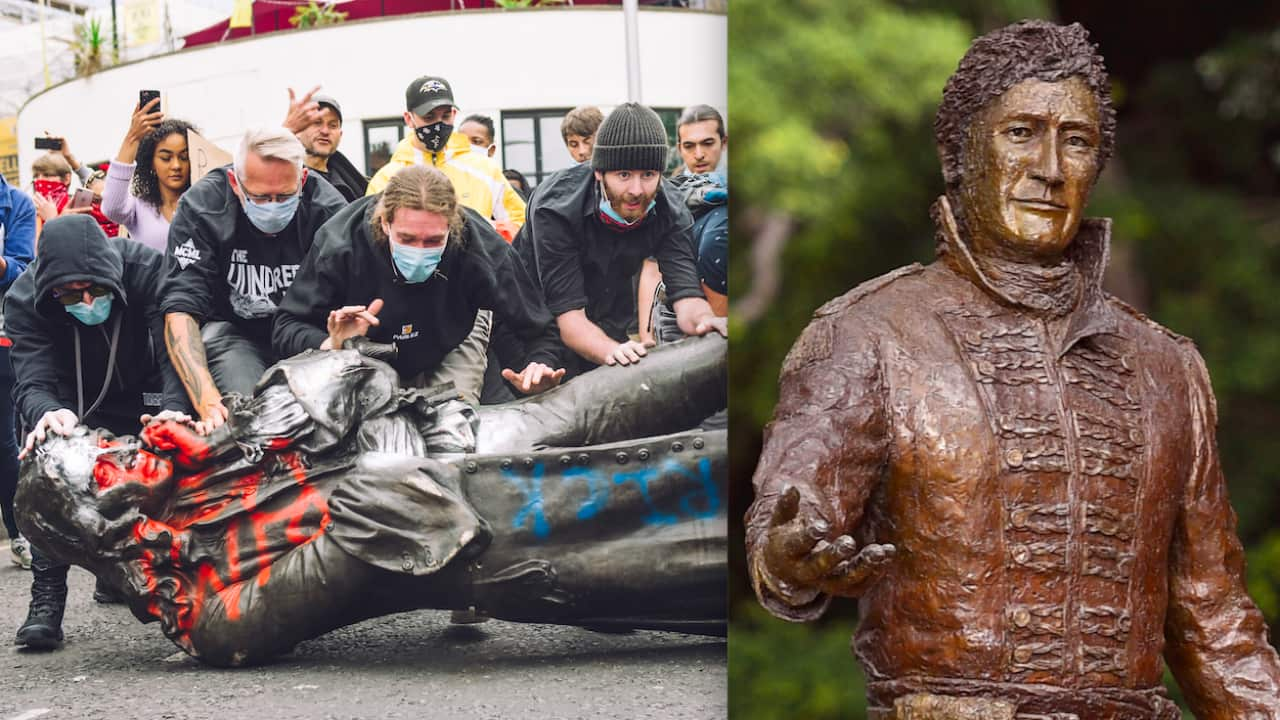As Black Lives Matter protests sweep the globe, Belgium is once again confronting the legacy of its most controversial ruler.
Monuments to King Leopold II, who led the country from 1865 to 1909, have been the target of protesters in Belgium and beyond.
So who is the man described by one local politician as an "evil tyrant"?
Millions killed
Leopold II is synonymous with Belgium's bloody history as a colonial power in central Africa.
He made the so-called Congo Free State his property between 1885 and 1908 and ruthlessly exploited it for resources, specifically rubber.
On Saturday, the Brussels Times summed up his rule.
"White Western nations have exploited other parts of the world to an undeniably horrific extent, of that there can be no doubt [but] in only one instance was that sort of exploitation carried out for the personal enrichment of one man," it wrote. Robert Aldrich, a professor of European history at the University of Sydney, told SBS News the treatment of African workers under Leopold II's rule was "horrendous".
Robert Aldrich, a professor of European history at the University of Sydney, told SBS News the treatment of African workers under Leopold II's rule was "horrendous".

A King Leopold II statue sprayed with paint at the Africa Museum near Brussels. Source: AAP
"There was corporal punishment, there were executions, there was rape," he said.
"If they didn't produce the rubber that was required, or work that was demanded, their villages were burnt ... Or their hands were chopped off." Professor Aldrich said an estimated 10 million people died in the territory that is now the Democratic Republic of the Congo.
Professor Aldrich said an estimated 10 million people died in the territory that is now the Democratic Republic of the Congo.

Amputation was frequently used to punish workers in the Congo Free State Source: Getty
"It was really a horrendous labour regime and really showed the worst aspects of colonialism," he said.
Professor Aldrich said it was so bad that, "by the turn of the century, there was an outcry from Britain and elsewhere against the conditions in the Congo Free State and in 1908 [Leopold II] had to cede the whole colony to Belgium."
Last year, a United Nations working group said Belgium should apologise for this era.
"Closing the dark chapter in history, and reconciliation and healing, requires that Belgians should finally confront, and acknowledge, King Leopold II's and Belgium's role in colonisation and its long-term impact on Belgium and Africa," it said.
What has happened since the protests?
Despite this legacy, there are statues of Leopold II around Belgium.
These quickly became targets for anti-racism demonstrators over the past week, with some statues defaced and others removed by protesters or authorities.
Outside the Royal Museum for Central Africa, a bust was daubed with blood-red paint and the three-letter tag "FDP" - short for the French "fils de pute" or "son of a bitch".
Antwerp took down a statue last week, days after it was splashed with red paint. A petition to have the city of Brussels take down his monuments has so far collected 75,000 names.
A petition to have the city of Brussels take down his monuments has so far collected 75,000 names.

A King Leopold II statue being removed by local authorities last week. Source: Getty
"Despite all the contempt he had for the life and people of the Congo, Leopold II is still remembered throughout Belgium," it reads.
And a photo is being widely shared on social media which captures the horror of Leopold II's Africa.
The image shows a father staring at the hand and foot of his five-year-old daughter, which were severed as a punishment for having harvested too little rubber. But not everyone in Belgium is coming out against Leopold II.
But not everyone in Belgium is coming out against Leopold II.

A damaged statue of King Leopold II in Belgium. Source: Getty
Professor Aldrich said while he has a "gruesome international reputation" he has a "mixed reputation in Belgium".
He said some in the country still credit the former ruler for "developing Belgium's status in the world, undertaking a great urban renovation program in Brussels and promoting things like education and social welfare".
Prince Laurent, brother of the country's King Philippe, controversially told the Sudpresse agency that abuses had occurred, but that Leopold II was not to blame.
"He never himself went to Congo ... So I do not see how he could have made people there suffer."
The Australia connection
After Black Lives Matter protests started in Australia, the WA Government announced that the King Leopold Ranges in the Kimberley region would be renamed.
The ranges were named after the ruler in 1879 in recognition of "the great interest taken by His Majesty in exploration". WA Lands Minister Ben Wyatt called the figure an "evil tyrant".
WA Lands Minister Ben Wyatt called the figure an "evil tyrant".

The King Leopold Ranges in WA will soon have a new name. Source: Getty
"He was a nasty piece of work and we have this odd historical artifact still with us," Mr Wyatt told the ABC.
Additional reporting: Reuters, AFP



